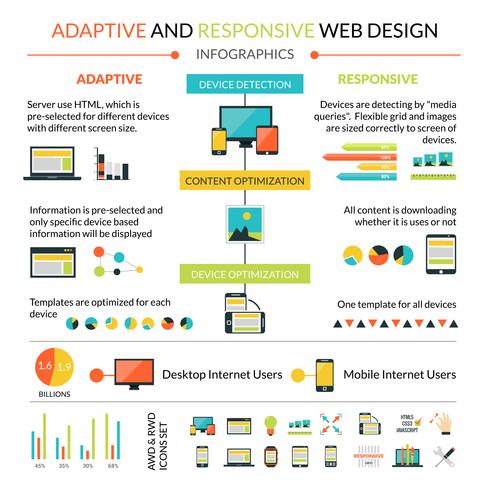Site Design: A Journey With Time.From Modest Beginnings To Contemporary Marvels, Website Design Has Actually Undertaken A Considerable Transformation For Many Years
Site Design: A Journey With Time.From Modest Beginnings To Contemporary Marvels, Website Design Has Actually Undertaken A Considerable Transformation For Many Years
Blog Article
Author-Dalrymple Singer
In the past, sites were easy and concentrated on information. Navigating was direct, and design was for desktop computers. Currently, individual experience is essential. https://www.forbes.com/sites/forbescommunicationscouncil/2021/04/15/five-tips-for-creating-a-successful-digital-marketing-strategy/ guides layouts for very easy navigation. Responsive formats fit different gadgets. Today, dark mode minimizes strain, and minimal menus enhance navigating. Interactive attributes involve customers, and vibrant visuals attract attention. AI integration enhances engagement. See just how layout has actually progressed to improve your online trip.
Early Days of Web Design
In the early days of web design, simpleness reigned supreme. Internet sites were fundamental, with minimal colors, fonts, and formats. The emphasis was on offering info instead of fancy visuals. Users accessed the web through slow dial-up connections, so rate and functionality were crucial.
Navigating food selections were straightforward, usually located on top or side of the web page. Internet sites were created for computer, as mobile surfing had not been yet widespread. Content was king, and designers focused on simple readability over complex design aspects.
ada compliant website examples was the key coding language utilized, and developers needed to work within its restrictions. Animations and interactive functions were minimal contrasted to today's requirements. Sites were static, with little dynamic material or personalized customer experiences.
Rise of User-Focused Layout
With the advancement of site style, a shift in the direction of user-focused design concepts has come to be progressively popular. Today, developing websites that focus on customer experience is vital for engaging site visitors and attaining service objectives. User-focused layout entails recognizing the needs, choices, and behaviors of your target audience to customize the website's format, material, and features appropriately.
Designers currently carry out complete research, such as individual studies and use testing, to collect insights and comments straight from users. This data-driven approach helps in producing user-friendly navigation, clear calls-to-action, and aesthetically appealing user interfaces that reverberate with site visitors. By placing the individual at the facility of the style process, websites can provide an extra tailored and satisfying experience.
Responsive style has actually also become a key aspect of user-focused layout, ensuring that sites are maximized for various gadgets and display sizes. This adaptability enhances access and usability, dealing with the diverse means individuals engage with websites today. Essentially, the rise of user-focused style indicates a shift in the direction of creating digital experiences that focus on the requirements and expectations of the end user.
Modern Trends in Website Design
Explore the most recent fads forming web design today. One noticeable fad is dark mode layout, offering a smooth and modern-day look while reducing eye pressure in low-light settings. Another key trend is minimalist navigation, simplifying food selections and boosting user experience by focusing on essential elements. Integrating micro-interactions, such as animated buttons or scrolling results, can produce a much more engaging and interactive web site. Responsive layout continues to be important, making certain smooth user experiences throughout different devices. In addition, using strong typography and asymmetrical designs can include visual rate of interest and accentuate certain material.
Integrating AI technology, like chatbots for client assistance or personalized suggestions, boosts customer engagement and streamlines processes. Availability has additionally come to be a considerable pattern, with designers focusing on comprehensive layout methods to deal with diverse user needs. Accepting sustainability by optimizing internet site performance for speed and performance is another emerging pattern in website design. Teaming up with individual comments and data analytics to iterate and enhance style constantly is important for staying appropriate in the ever-evolving electronic landscape. By welcoming these modern-day fads, you can produce a visually enticing, user-friendly site that resonates with your audience.
Conclusion
As you review the advancement of site style from the early days to now, you can see how user-focused style has actually become the driving force behind modern-day fads.
Embrace the trip of adjustment and adaptation in web design, constantly maintaining the customer experience at the forefront.
Stay current with the most recent patterns and technologies, and never ever quit evolving your method to produce aesthetically magnificent and straightforward web sites.
Evolve, adapt, and develop - the future of web design remains in your hands.
